When it comes to enhancing the aesthetic appeal and functionality of your home, selecting the best type of windows doors is crucial. According to industry expert John Smith, a renowned architect with over 20 years of experience in residential design, “The right choice of windows doors can transform not only the look of your home but also its energy efficiency and security.” In today’s market, homeowners are often inundated with options, making it challenging to decide which style, material, or technology best suits their needs.
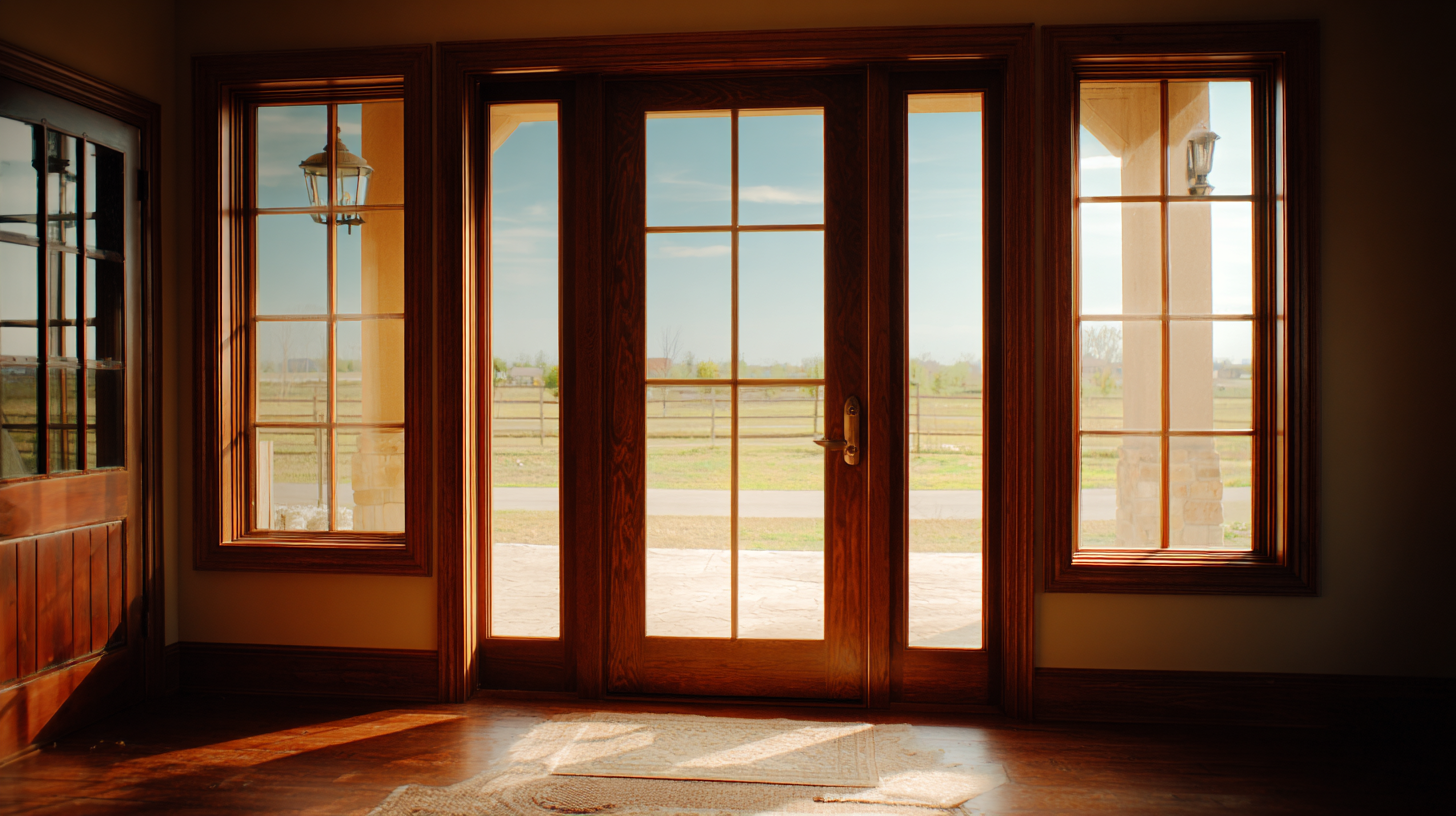
Windows doors serve as a gateway to the outside world while allowing natural light to flow into your living spaces. With advancements in design and technology, homeowners now have an array of choices that cater to diverse architectural styles and personal preferences. Whether you favor traditional wooden frames or modern vinyl options, the ideal windows doors should blend seamlessly with your home’s exterior while providing durability and insulation. As we delve into the various types available, it is essential to consider factors such as aesthetic compatibility, maintenance requirements, and energy efficiency to make the best decision for your home.
When selecting the best type of windows and doors for your home, there are several factors to consider to ensure they suit your lifestyle and enhance your living space. One crucial aspect is energy efficiency. Windows and doors that are well-insulated can significantly reduce your energy bills and keep your home comfortable throughout the year. Look for products with a good Energy Star rating, as they will help minimize heat loss in winter and keep your home cool in summer.
Another important factor is security. The entry points of your home, particularly doors and first-floor windows, should be robust and resistant to break-ins. Choose doors made of solid materials like fiberglass or steel, and ensure that your windows are fitted with reliable locks and shatter-proof glass.
Tips: When shopping for windows and doors, always consider the material. Wood offers classic beauty but requires maintenance, while vinyl is durable and low-maintenance. Additionally, think about the style and functionality. For example, sliding doors can save space, while French doors add a touch of elegance and connect indoor and outdoor spaces seamlessly.
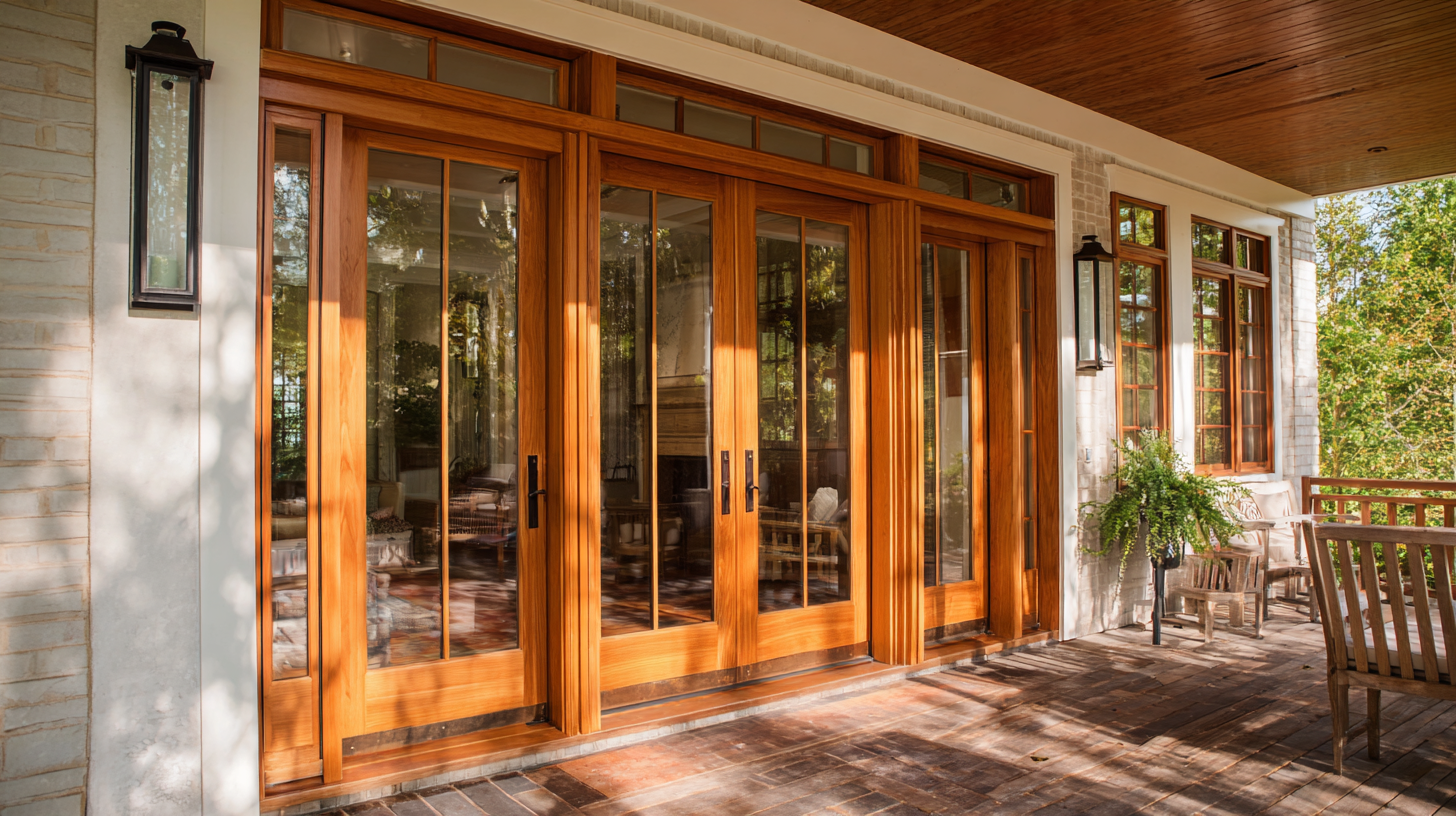
When considering the best types of windows and doors for your home, energy efficiency should be a top priority for sustainable living. Modern advancements in window technology have led to the development of triple-glazed windows, which offer superior insulation compared to traditional double-glazed options. These windows significantly reduce heat loss in winter and keep homes cooler in summer, ultimately resulting in lower energy bills. Additionally, choosing windows with low-e (low emissivity) coatings can further enhance energy efficiency by reflecting heat back into the room, optimizing thermal performance.
For doors, fiberglass and steel models are widely recognized for their energy efficiency and durability. These materials offer excellent insulation properties, helping to minimize air leaks that can lead to energy loss. Furthermore, opting for doors with multi-point locking systems and weather stripping can provide an added layer of protection against the elements. By investing in high-quality, energy-efficient windows and doors, homeowners not only contribute to a more sustainable environment but also enhance their comfort and reduce maintenance costs over time.
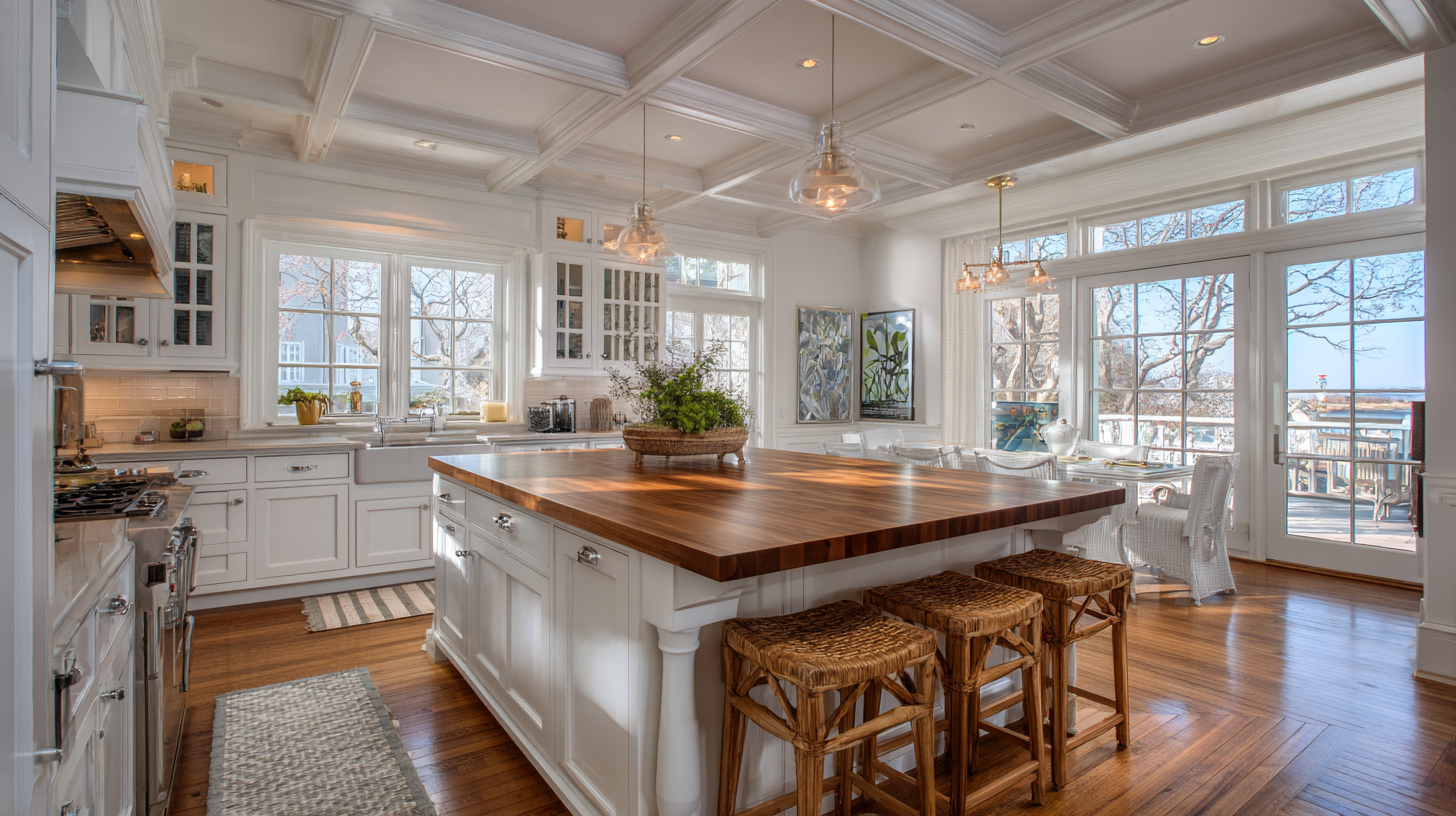 When selecting windows and doors for your home, the material plays a crucial role in aesthetics, durability, and energy efficiency.
Wood is a classic choice, offering natural beauty and excellent insulation properties.
However, it requires regular maintenance to prevent rot and warping. On the other hand,
vinyl is increasingly popular due to its low maintenance needs and energy efficiency.
It resists moisture and fading, making it a practical choice for many homeowners. Lastly,
aluminum provides a sleek, modern look and is incredibly durable, but it may conduct heat, which can affect your home’s energy efficiency.
When selecting windows and doors for your home, the material plays a crucial role in aesthetics, durability, and energy efficiency.
Wood is a classic choice, offering natural beauty and excellent insulation properties.
However, it requires regular maintenance to prevent rot and warping. On the other hand,
vinyl is increasingly popular due to its low maintenance needs and energy efficiency.
It resists moisture and fading, making it a practical choice for many homeowners. Lastly,
aluminum provides a sleek, modern look and is incredibly durable, but it may conduct heat, which can affect your home’s energy efficiency.
Tip: When considering materials, think about your local climate.
For humid environments, vinyl may perform better, while dry climates might allow for more wood usage without the fear of rot.
Each material comes with its unique set of advantages. If aesthetics are a top priority,
wood offers unparalleled beauty. But if you seek long-term performance with minimal upkeep,
vinyl might be the best fit.
Aluminum, while sturdy, is best used in combination with thermal breaks or insulation to combat energy transfer.
Tip: Always request energy performance ratings and certifications when choosing windows and doors.
This will ensure you’re making a choice that balances style with energy efficiency.
In 2025, window and door styles are set to evolve significantly, reflecting both aesthetic trends and practical innovations. According to the latest report from the American Institute of Architects (AIA), there is a growing preference for larger windows and doors that create seamless transitions between indoor and outdoor spaces. This trend is driven by a desire for natural light and connectivity to nature, with 62% of homeowners prioritizing expansive glass features in their renovations.
Energy efficiency continues to be a paramount concern, pushing manufacturers to innovate. The National Fenestration Rating Council (NFRC) indicates that products that combine triple-pane glass with advanced frame materials can reduce energy costs by up to 30%. Homeowners are increasingly opting for modern styles that not only enhance curb appeal but also offer sustainable features. The rise of smart technology in window and door systems, including automated shading and temperature regulation, is also becoming a focal point for those looking to elevate their home aesthetics while improving functionality.
When selecting windows and doors for your home, safety features should be at the forefront of your decision-making process. A report by the National Association of Home Builders (NAHB) highlights that homes with secure and reliable window and door systems see a significant reduction in break-ins—by approximately 60%. This underscores the importance of investing in modern options that incorporate advanced security features. Look for double or triple glazing, which not only enhances energy efficiency but also makes it more difficult for intruders to break in.
Moreover, additional safety elements such as reinforced frames, multi-point locking systems, and impact-resistant glass should be prioritized. According to the Insurance Information Institute, homes equipped with these advanced locking mechanisms can qualify for up to 10% discounts on homeowners' insurance premiums. This statistic not only reflects the value of enhanced security features but also provides a financial incentive for homeowners to consider robust options. When choosing windows and doors, ensure they meet the latest safety standards and consider their overall design for optimal protection and peace of mind.
| Feature | Description | Importance Level |
|---|---|---|
| Multi-Point Locking System | Locks at multiple points along the door frame for enhanced security. | High |
| Impact-Resistant Glass | Specially treated glass that can withstand strong impacts, reducing breakage. | High |
| Reinforced Frames | Frames made with strong materials to prevent forced entry. | Medium |
| Security Cameras | Integrated cameras for monitoring and recording activity around entry points. | Medium |
| Smart Doorbell | Doorbell with camera and intercom system for added security. | Medium |
| Window Locks | Locks designed specifically for windows to prevent unauthorized opening. | High |
| Alarm Systems | Integrated alarm systems that alert homeowners to unauthorized entry. | High |
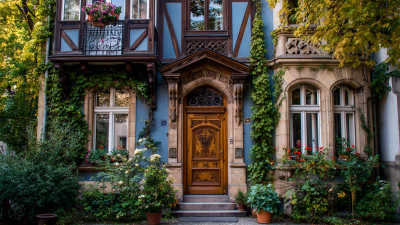

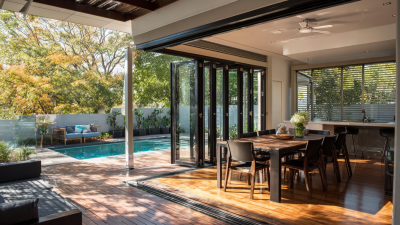

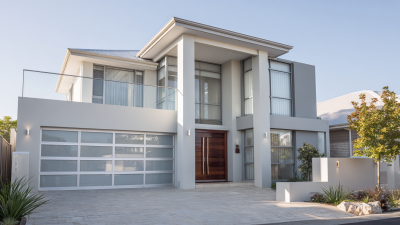

Leave your projects details, and one of our team will reach out to answer any questions you may have